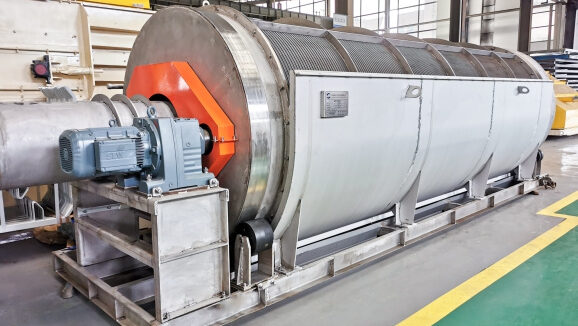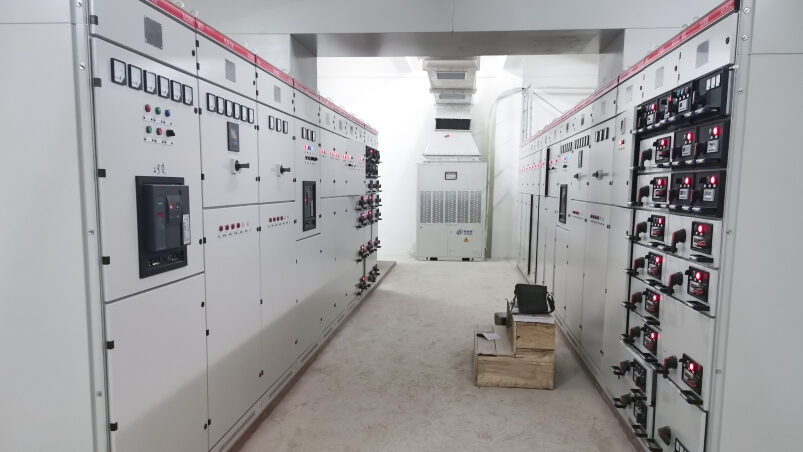FLAKE SCREEN
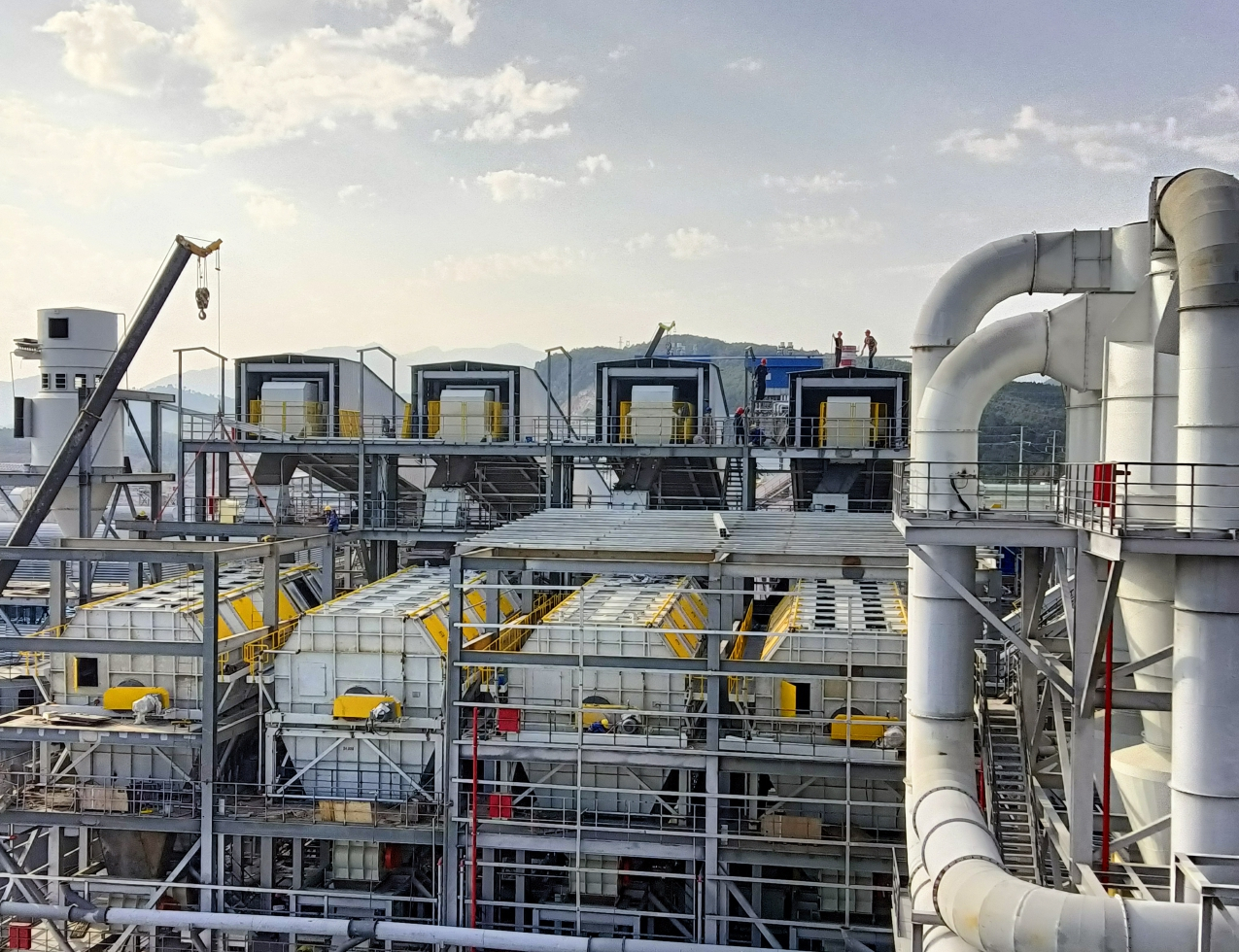
Trommel Screen diameter:4m-5m
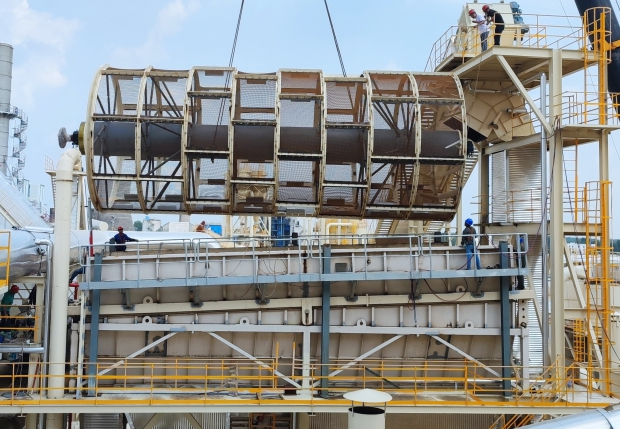
Super Screen
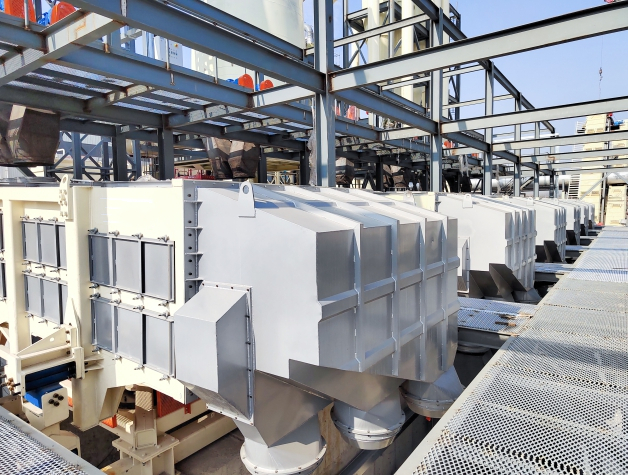
Flake screening equipment is primarily categorized into two main types: mechanical and pneumatic, each with distinct working principles.
Mechanical Screeners: The core of this equipment lies in achieving separation through the motion of the screening body and screens with different aperture sizes. The flakes to be screened enter through the feed inlet.
A transmission mechanism drives the screening body in motions such as horizontal oscillation, vibration, or vertical vibration, sometimes combined with vertical jolts, causing the flakes to disperse and move across the screen surface.
During this process, flakes and dust smaller than the screen apertures fall through to the next layer, while larger flakes remain on the screen and travel along its surface until discharged from the corresponding outlet. Depending on the number of required flake specifications for the process, multiple layers of screens with different mesh sizes can be configured for grading.
Pneumatic Classifiers: This method utilizes the difference in the suspension characteristics of flakes of varying sizes within an air stream. Specifically, fine, light, and thin flakes sink more slowly and are easily carried by the air current, whereas coarse, thick, and heavy flakes sink faster.
Inside the classification chamber, flakes are subjected to the air flow. Lighter fine flakes and dust are extracted by an air collector, while heavier coarse flakes settle out. This enables precise separation based on weight and surface area. Some advanced pneumatic classifiers can also effectively remove heavy contaminants like sand and stones during the classification process.
Selection and Application Considerations
Screening Requirements & Processing Capacity: First, clearly define the **final required flake specifications, the number of grades needed, and the production line’s output requirements. This directly determines the necessary number of screen layers, aperture sizes, and the equipment’s processing capacity.
Site & Spatial Layout:Consider the equipment’s installation location within the production line and spatial constraints. Ensure there is sufficient space for equipment installation, operation, and subsequent maintenance activities.
Flake Characteristics & Equipment Adaptability: Flake morphology can vary based on wood species, initial moisture content, and post-drying conditions. The equipment must possess a degree of adaptability to handle flakes with different characteristics, or be specifically designed with these variations in mind.
Operational Stability & Maintenance: Pay attention to the equipment’s noise level, ease of screen replacement, and durability of key transmission components.
For instance, the reliability of components like the special eccentric shaft structure in BF-type swing screens, which enhances separation efficiency, deserves close attention. These factors significantly impact long-term operational stability and maintenance costs.
Overall Benefits & Return on Investment: Although equipment with higher automation levels or combined systems may require a higher initial investment, they often provide greater overall benefits in the long run through improved product quality, labor savings, and reduced waste rates.

